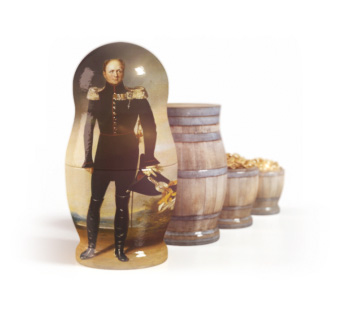


Château D'Yquem
1905

Promising conditions at the beginning of the growth cycle took a turn for the worse due to chilly, then wet weather in August. In mid-September a week without rain made it possible to do a "tidying-up" pass to remove any berries affected by sour rot. It rained again from the 15th to the 18th, which decreased sugar levels. A deluge (97 mm of rain) from 23/09 to 6/10 reduced sugar levels and did considerable damage to the rest of the crop. Two successive passes were made from 7 to 16 /10, but the degree of potential alcohol barely rose. A minor vintage.
Print



